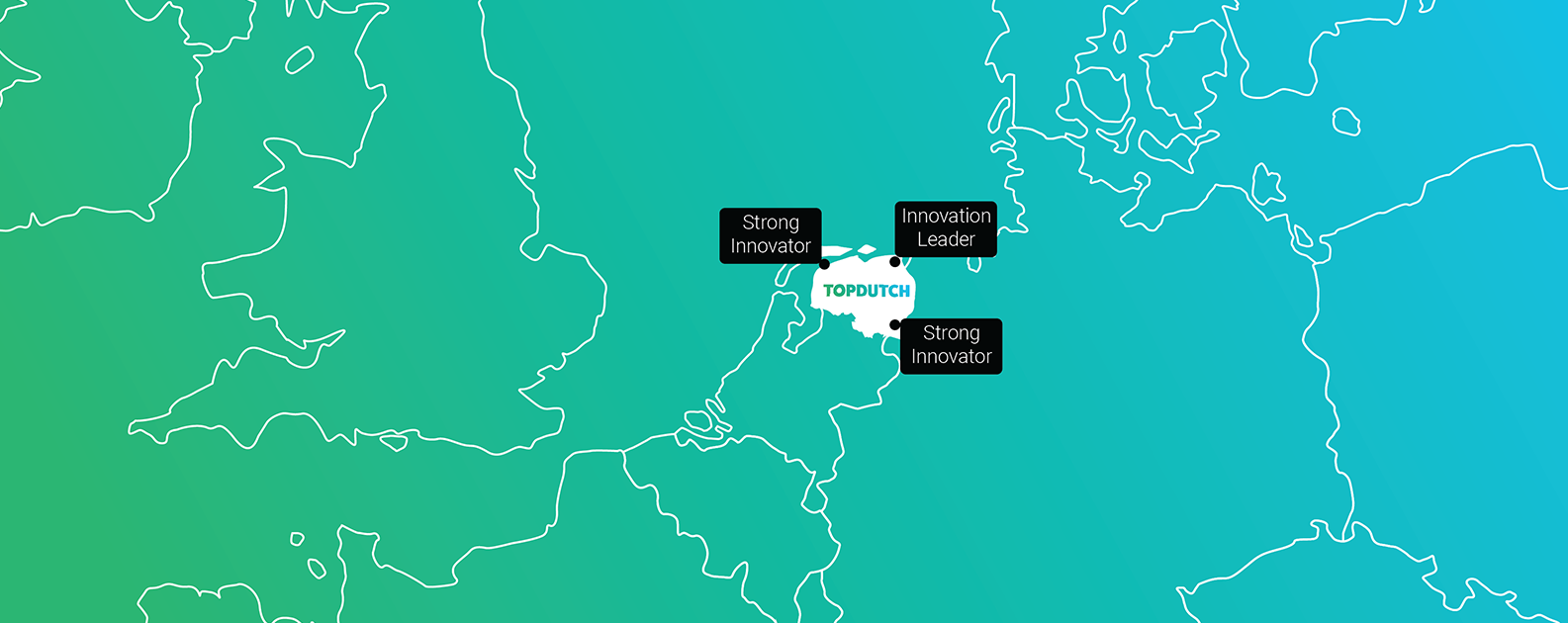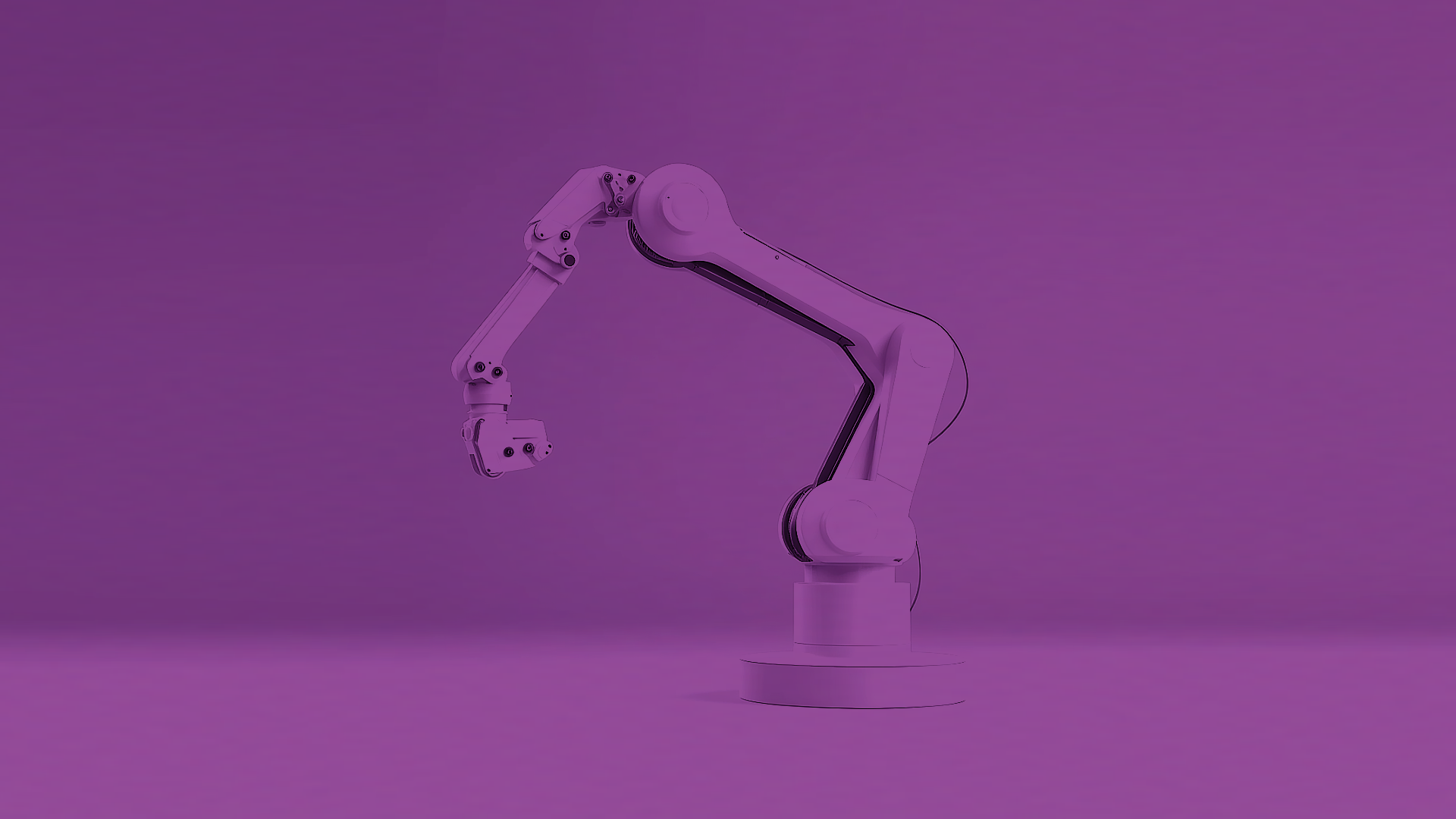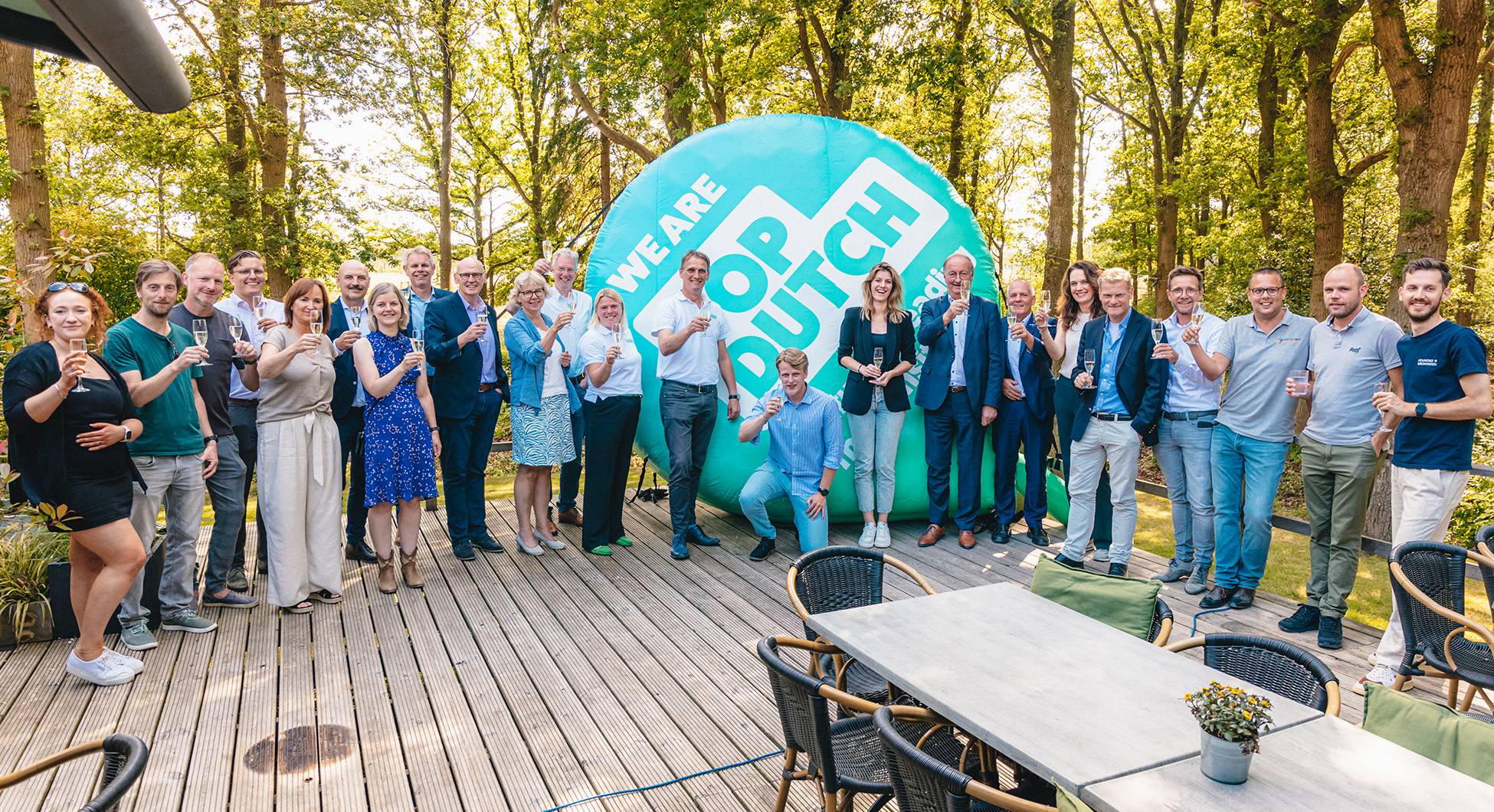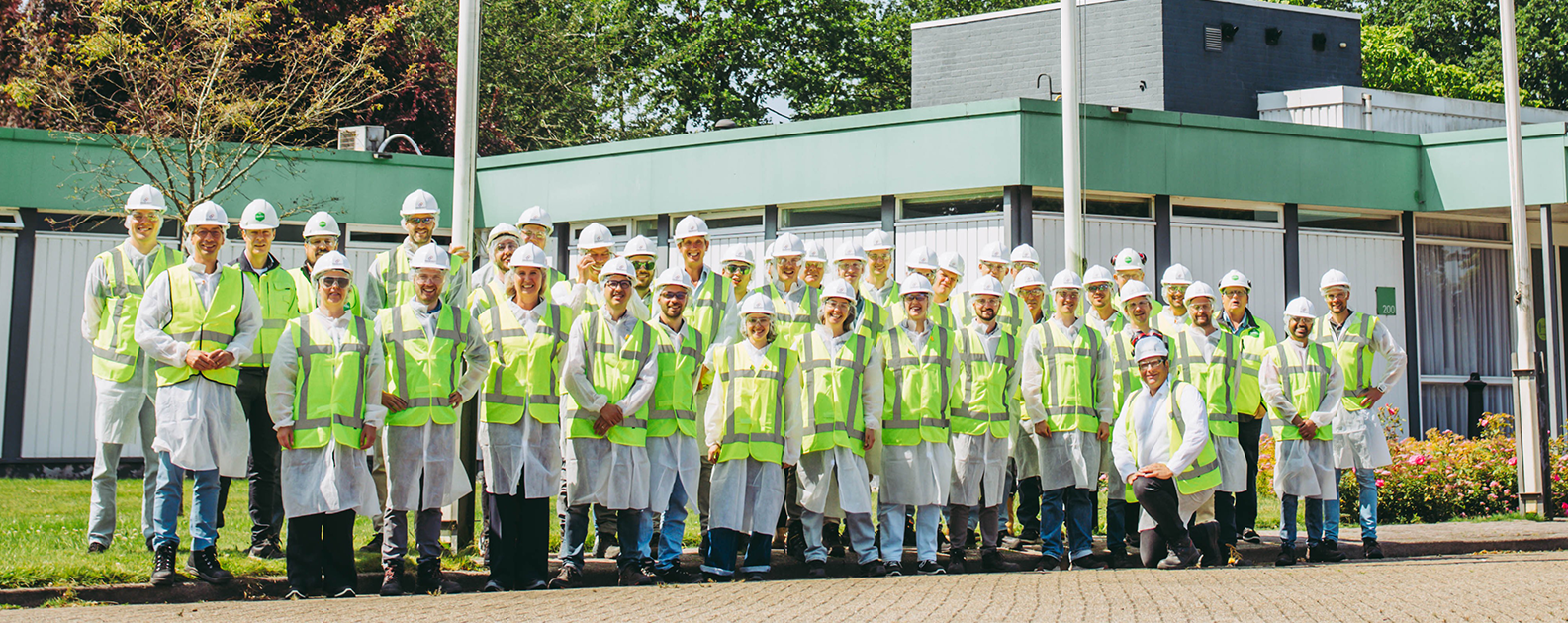Knowledge, skills & digital readiness: Why the TopDutch region stands out in Europe’s Regional Innovation Scoreboard 2025
From tackling today’s challenges to fostering development and growth, innovation has become invaluable in driving progress and shaping the future. Also, here in the TopDutch region, creative and sustainable solutions are essential for navigating the sustainability transitions ahead. But how does the Northern Netherlands measure up in terms of innovation performance?

Regional Innovation Scoreboard 2025
A look at Europe shows that innovation isn’t spread evenly: At least that’s one of the insights of the latest edition of the European Commission’s Regional Innovation Scoreboard (RIS). The RIS monitors and compares the innovation performance of European regions, revealing the factors that hinder or drive innovation. It classifies regions into four groups — Innovation Leaders, Strong Innovators, Moderate Innovators, and Emerging Innovators — and paints a clear picture of Europe’s innovation landscape.
The TopDutch region in Europe’s landscape of innovation
Over the last years, the Netherlands has established itself as a leading European innovator, continually outperforming Europe. Home only to regions classified as Strong Innovators or Innovation Leaders, the country holds a unique position in Europe. As such, its ranking as the third most innovative nation in the EU, closely following Denmark and Sweden, comes as no surprise.
But what does this mean for the TopDutch region? While large parts of Europe have recently faced slowdowns, Drenthe is one of only two Dutch regions with continuous growth in recent years. Moreover, Groningen, Friesland, and Drenthe perform at or even above the EU27 average, reflecting the region’s vibrant innovation ecosystem. The RIS now reveals that this success is powered by a combination of cutting-edge research, digital readiness, and the collaborative spirit of our entrepreneurial community.

Groundbreaking research, talent, and lifelong learning
In the Northern Netherlands, innovation starts with knowledge. Research and education are at the heart of the regional economy and make up the foundations for TopDutch ambitions for innovation and growth. Home to a dense knowledge cluster surrounding the top 100, Nobel Prize-winning University of Groningen, several universities of applied sciences, and leading research institutes, the North stands out with a highly skilled population and thriving research ecosystem.
This also shows in our innovation performance. As an Innovation Leader, Groningen performs above the EU27 average, ranking first in Europe for international scientific co-publications and seventh for scientific publications among the top 10% most cited.
At the same time, the Northern Netherlands is putting in the work to sustain this regional pool of knowledge, skills, and expertise. Hereby, the action agenda for Life-Long Learning plays a key role. And these efforts are paying off. Especially Friesland and Drenthe, both Strong Innovators, stand out with strong results in lifelong learning. Through regional initiatives that inspire ongoing investment in skills and professional development, the TopDutch region sustains a highly skilled workforce ready to face the future.

Staying connected in the digital-first economy
Research and knowledge may provide a foundation for innovation, but it’s only the beginning. In today’s interconnected world, digitalization, along with supporting infrastructure and skills, is essential to staying connected and taking a leading position on the world stage.
Renowned for its strong and future-proof digital landscape, the latest RIS has once more confirmed the North’s digital readiness. From data centers of industry giants such as Google, big data and AI, to pioneering developments in autonomous systems, the TopDutch region hosts a digital innovation ecosystem that is equally diverse and powerful. Thanks to that, surpassing the European average in broadband penetration and cloud computing in enterprises, it seems firms and people in the North are ready to compete and innovate in the emerging digital-first economy.
Discover our ecosystem

Digital Innovation
Scaling smart green tech requires the right location Without open labs and testing facilities, bringing digital and high-tech innovations to market takes…
Scaling smart green tech requires the right location Without open labs and…
Read moreFrom knowledge to innovation: Entrepreneurial action in the TopDutch region
Alongside strong research-based and digital foundations, companies are key when it comes to translating ideas into innovation activities with direct impact. By optimizing and innovating products and processes, they help create new markets and stimulate competitiveness. However, innovative processes aren’t set off in isolation. Triple-helix partnerships between research, industry, and government fuel regional innovation projects across the board: from energy-related initiatives led by the New Energy Coalition to high-tech developments emerging at Innovatiecluster Drachten. The TopDutch region offers space for collaboration and knowledge sharing that helps tackle challenges faster and create solutions that can make the economy smarter, healthier, and more sustainable.

And the success of our collaborative spirit shows. Groningen, Friesland, and Drenthe exceed the European average in the introduction of product innovations by SMEs, as well as the collaborative performance of innovative SMEs. Especially Groningen, once more, stands out in Europe, ranking first in public-private co-publications.
Surrounded by a strong innovation ecosystem, the Northern Netherlands brims with innovative potential and holds a robust position nationally and within Europe. From fundamental research to the introduction and rollout of innovative products, with its highly skilled population, strong digital landscape, and collaborative spirit, the TopDutch region offers a fertile ground for innovation that shapes the future of the North and beyond.

